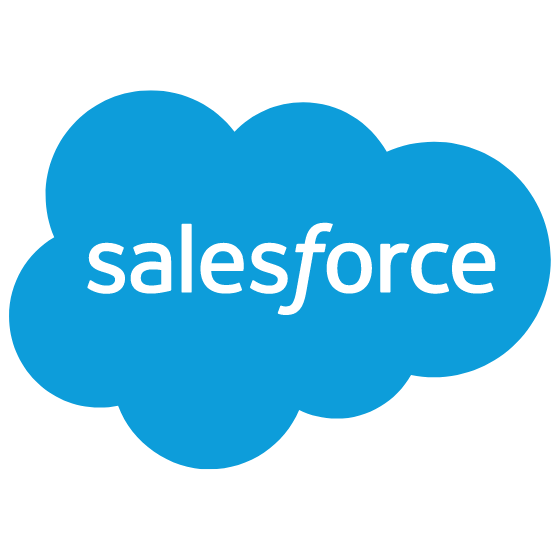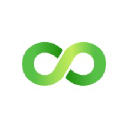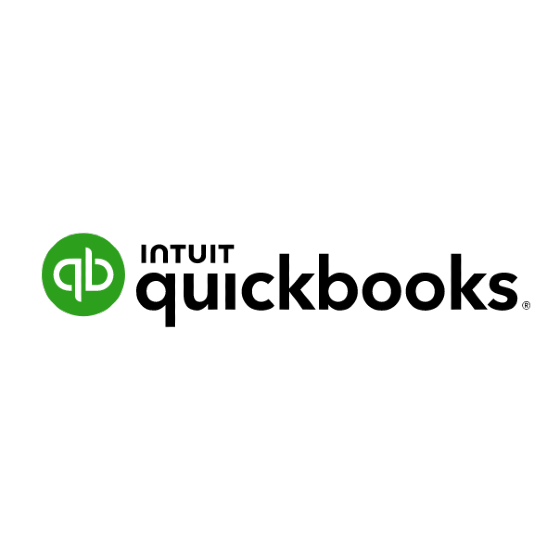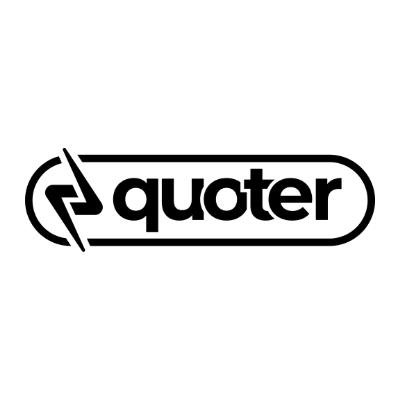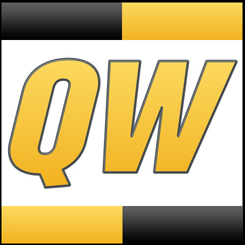Salesforce Sales Review: Pros, Cons, Features & Pricing
Salesforce Sales is a customer relationship management (CRM) software that helps businesses manage customer interactions and streamline sales processes. It’s ideal for large enterprises and industries like finance and healthcare, where teams need robust data management and integration options. Salesforce offers your team a strategic advantage with its ability to adapt to your unique business needs, enhancing overall productivity.
Salesforce Evaluation Summary
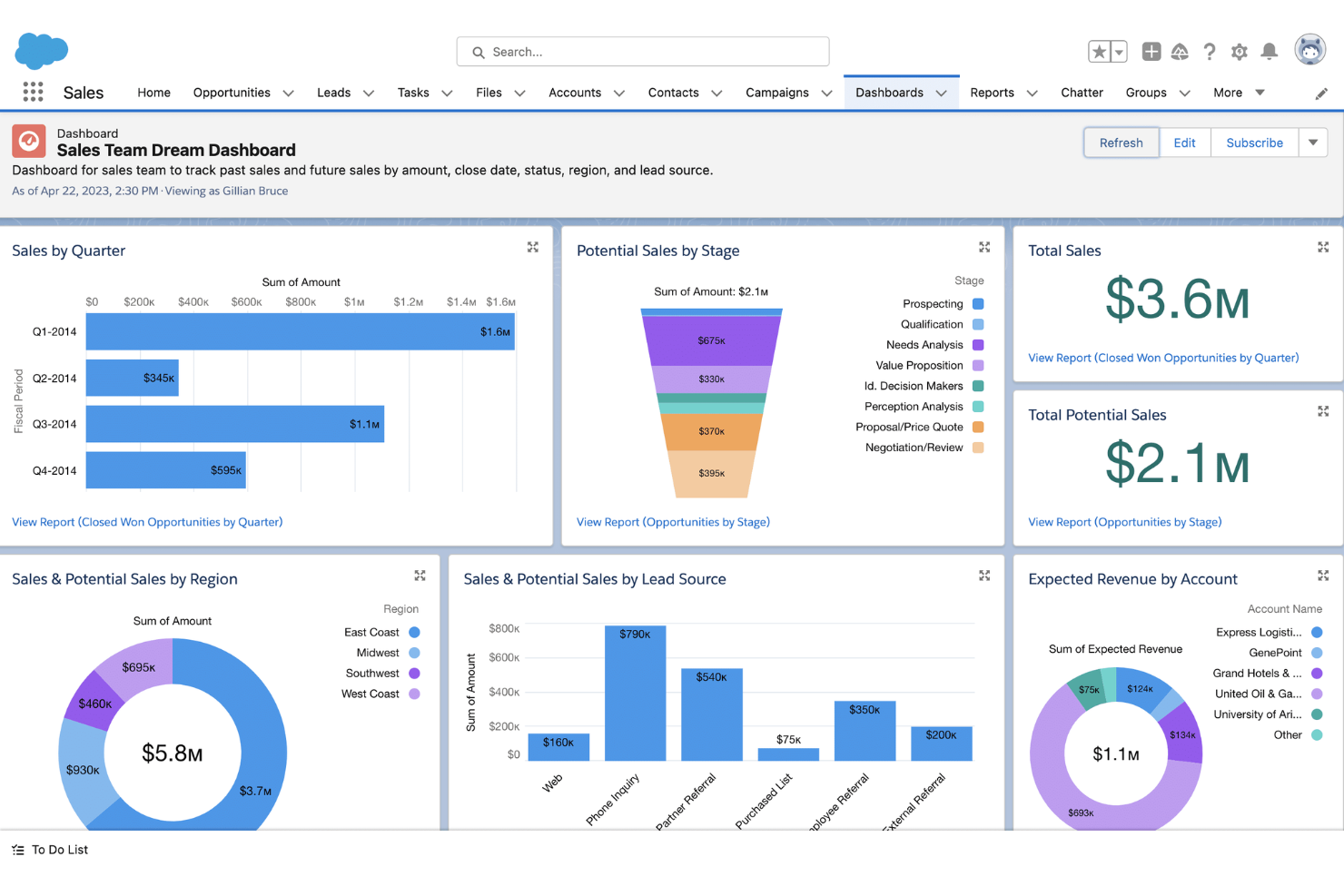
- From $165/user/month
- 30-day free trial
- 18 Must-Take Salesforce Courses for Scaling Revenue TeamsOpens new window
- 19 Best Salesforce Alternatives to Consider in 2025Opens new window
- 40 Top Companies That Use Salesforce As Their Preferred CRMOpens new window
- How to Prepare for (and Pass!) the Salesforce CPQ CertificationOpens new window
- Salesforce Lead Routing: How to Optimize, Automate, and Apply Other Useful TipsOpens new window
- Salesforce Marketing Review: Pros, Cons, Features & PricingOpens new window
- The Complete List of Salesforce Certifications for Your Team In 2025Opens new window
Why Trust Our Software Reviews
Salesforce Overview
Salesforce Sales empowers your team with unmatched customization and integration capabilities, making it a leader in CRM solutions.
pros
-
You can customize Salesforce Sales to fit your business needs perfectly.
-
The automation features save your team time on repetitive tasks.
-
It offers robust reporting tools that give your team valuable insights.
cons
-
The frequent updates can disrupt your team's workflow.
-
It can be overwhelming with the numerous features available.
-
Your team might find the interface complex to navigate initially.
-

Expedite Commerce
Visit Website -

Prisync
Visit WebsiteThis is an aggregated rating for this tool including ratings from Crozdesk users and ratings from other sites.4.7 -

QuickBooks Online
Visit WebsiteThis is an aggregated rating for this tool including ratings from Crozdesk users and ratings from other sites.4
How We Test & Score Tools
We’ve spent years building, refining, and improving our software testing and scoring system. The rubric is designed to capture the nuances of software selection and what makes a tool effective, focusing on critical aspects of the decision-making process.
Below, you can see exactly how our testing and scoring works across seven criteria. It allows us to provide an unbiased evaluation of the software based on core functionality, standout features, ease of use, onboarding, customer support, integrations, customer reviews, and value for money.
Core Functionality (25% of final scoring)
The starting point of our evaluation is always the core functionality of the tool. Does it have the basic features and functions that a user would expect to see? Are any of those core features locked to higher-tiered pricing plans? At its core, we expect a tool to stand up against the baseline capabilities of its competitors.
Standout Features (25% of final scoring)
Next, we evaluate uncommon standout features that go above and beyond the core functionality typically found in tools of its kind. A high score reflects specialized or unique features that make the product faster, more efficient, or offer additional value to the user.
We also evaluate how easy it is to integrate with other tools typically found in the tech stack to expand the functionality and utility of the software. Tools offering plentiful native integrations, 3rd party connections, and API access to build custom integrations score best.
Ease of Use (10% of final scoring)
We consider how quick and easy it is to execute the tasks defined in the core functionality using the tool. High scoring software is well designed, intuitive to use, offers mobile apps, provides templates, and makes relatively complex tasks seem simple.
Onboarding (10% of final scoring)
We know how important rapid team adoption is for a new platform, so we evaluate how easy it is to learn and use a tool with minimal training. We evaluate how quickly a team member can get set up and start using the tool with no experience. High scoring solutions indicate little or no support is required.
Customer Support (10% of final scoring)
We review how quick and easy it is to get unstuck and find help by phone, live chat, or knowledge base. Tools and companies that provide real-time support score best, while chatbots score worst.
Customer Reviews (10% of final scoring)
Beyond our own testing and evaluation, we consider the net promoter score from current and past customers. We review their likelihood, given the option, to choose the tool again for the core functionality. A high scoring software reflects a high net promoter score from current or past customers.
Value for Money (10% of final scoring)
Lastly, in consideration of all the other criteria, we review the average price of entry level plans against the core features and consider the value of the other evaluation criteria. Software that delivers more, for less, will score higher.
Core Features
Contact Management
Salesforce Sales lets your team store and manage customer information in one place, providing a 360-degree view of customer interactions. This helps you personalize communication and build stronger relationships.
Opportunity Management
Track your sales deals with Salesforce Sales' opportunity management feature, which helps you prioritize leads and forecast sales. Your team can focus on deals most likely to close.
Lead Management
With Salesforce Sales, you can capture, track, and nurture leads through the sales pipeline. This feature ensures you don't miss out on potential customers.
Task Management
Salesforce Sales allows you to assign and track tasks, keeping your team organized and on schedule. This ensures everyone knows their responsibilities and deadlines.
Reporting and Analytics
Use Salesforce Sales' powerful reporting tools to gain insights into sales performance and customer behaviors. These insights help your team make informed decisions.
Workflow Automation
Automate repetitive tasks with Salesforce Sales, freeing up your team's time for more strategic activities. This boosts productivity and efficiency.
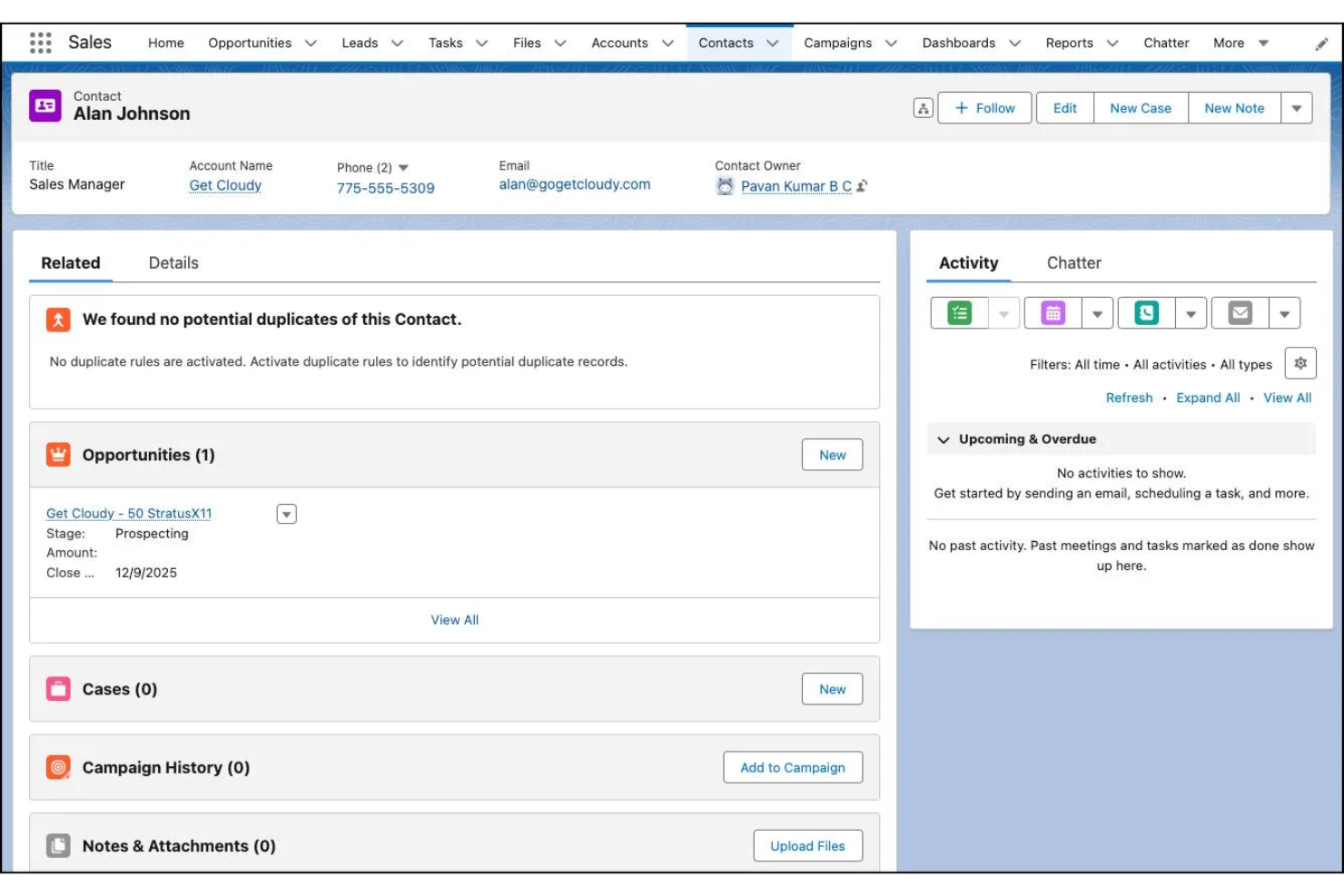
Ease of Use
Salesforce Sales’ interface can be complex, especially for newcomers, with its vast array of features and customization options. Your team might find the learning curve steep initially, but once familiar, the platform offers powerful tools that enhance productivity. The challenge lies in navigating the intricate setup, but the payoff is a highly adaptable system tailored to your business needs. For teams that invest time in mastering it, Salesforce Sales becomes an invaluable asset.
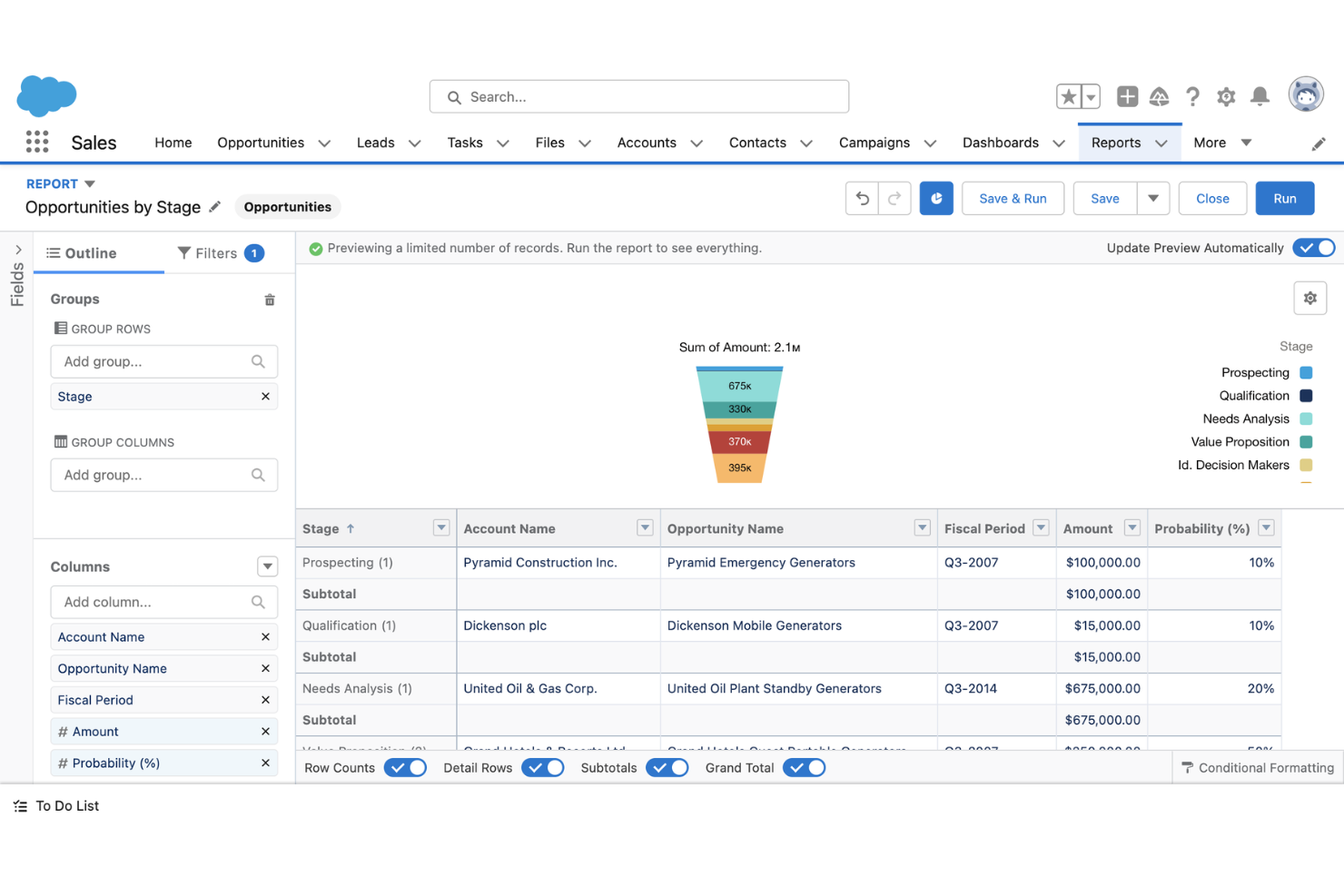
Integrations
Integrations include Salesforce Lightning, Spekit, Cirrus Insight, ZoomInfo, Outreach, Demandbase, Cloudingo, Dataloader.io, RingLead, SMS-Magic, Tenfold, and Conga Composer.
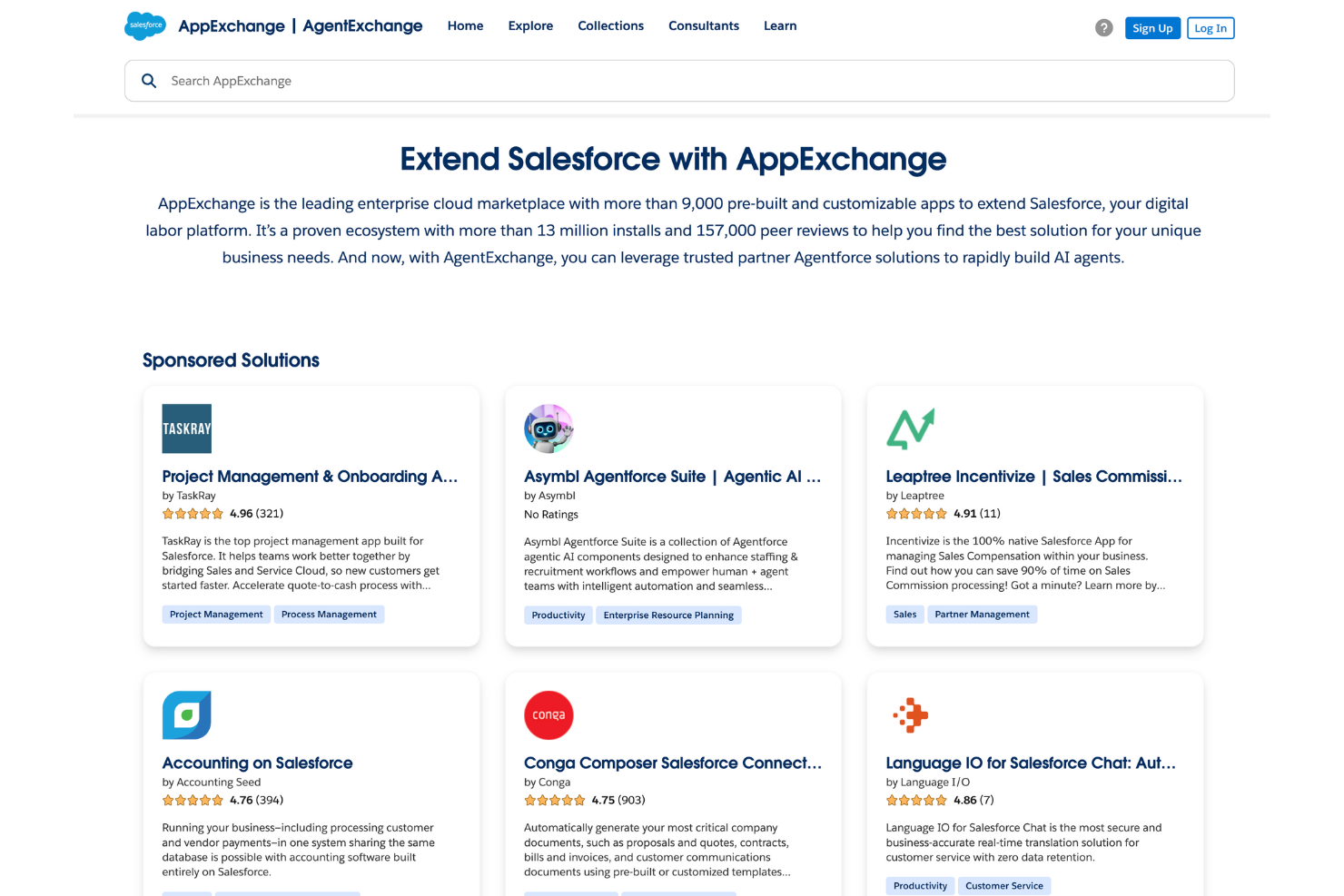
Salesforce Specs
- API
- Audience Targeting
- Contact Management
- Contact Sharing
- Conversion Tracking
- Customer Management
- Data Export
- Data Import
- Email Integration
- Expense Tracking
- External Integrations
- Google Apps Integration
- Inventory Tracking
- Lead Management
- Lead Scoring
- Marketing Automation
- Multi-Currency
- Multi-User
- Notifications
- Order Management
- Pricing
- Sales Motivator
- Supplier Management
Alternatives to Salesforce
Salesforce FAQs
How does Salesforce Sales support mobile access?
Is customer data secure in Salesforce?
How can Salesforce Sales improve your sales process?
What kind of customer support does Salesforce Sales offer?
How does Salesforce Sales handle updates and new features?
Can Salesforce Sales scale with our business growth?
What training resources are available for Salesforce Sales users?
How does Salesforce Sales support collaboration within teams?
What's Next?
Want to learn more about the latest sales insights and tech from experts in the industry? Sign up for The CRO Club newsletter.

